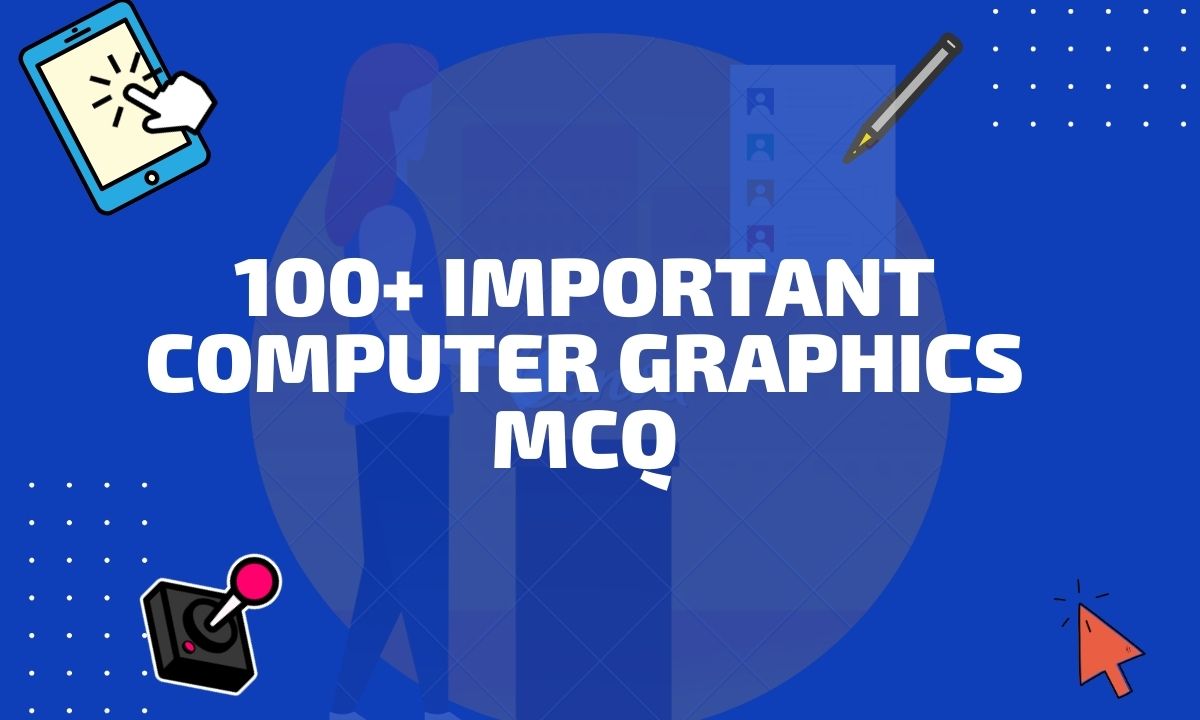Welcome to our blog! Today, we delve into the fascinating world of reading and explore the five key components that make it such a crucial skill. Whether you’re a lifelong bookworm or someone looking to enhance your reading abilities, understanding these components is essential. So, if you’re ready to unlock the secrets of compelling reading and take your literacy skills to new heights, you’ve come to the right place.
In this article, we’ll break down the components of reading, highlighting their importance and how they work together to create a seamless reading experience. We’ll delve into the realms of phonics, vocabulary, fluency, comprehension, and critical thinking—uncovering the essential elements that empower us to decode, understand, and analyze written text.
But why is it important to explore these components? Well, imagine reading a captivating novel or an informative article and feeling completely immersed in the words, effortlessly comprehending every sentence and concept. It’s a remarkable feeling, isn’t it? By understanding the five components of reading, you can not only improve your reading skills but also help others develop a strong foundation in literacy.
So, get ready to embark on this enlightening exploration of the five components of reading. We’re confident that by the end of this journey, you’ll gain a deeper understanding of reading’s building blocks and develop the tools to become a more skilled and confident reader. Let’s dive in and unlock the power of reading together!
Why are the five components of reading important
The five components of reading are incredibly important because they provide the foundation for effective reading skills. Understanding these components—phonics, vocabulary, fluency, comprehension, and critical thinking—helps individuals decode words, comprehend meaning, and analyze text. By focusing on each component, readers can improve their reading abilities, enhance comprehension, and become more confident and skilled readers. Whether it’s in academics or everyday life, strong reading skills are essential for success and lifelong learning.
5 Basic Components Of Reading
Reading can be a very complex process but it is just A piece of cake for those who know to use the components of reading. Reading is not a simple task for our brain because our brain has to become a multitasker. Today we will give you a deep understanding of these 5 aspects of reading.
Certainly! Let’s explore each of the five components of reading in detail and understand how they can be implemented in one’s reading practices:
1. Phonics
Phonics refers to the understanding of the relationship between sounds and letters. It involves recognizing and decoding individual sounds (phonemes) and connecting them to corresponding letters or letter combinations. Phonics is fundamental in learning to read and helps with word recognition and pronunciation.
Phonics is the foundation of reading and involves understanding the relationship between sounds and letters. To implement phonics in your reading, focus on:
- Letter-Sound Correspondence: Learn the sounds associated with individual letters and letter combinations. Practice recognizing and pronouncing these sounds accurately.
- Decoding: Use phonics skills to decode unfamiliar words by sounding them out and blending the sounds.
- Phonemic Awareness: Develop the ability to identify and manipulate individual sounds (phonemes) in words. Practice activities like rhyming, segmenting, and blending sounds.
Ultimate Beginner’s Guide to Fantasy Books
2. Vocabulary
Vocabulary encompasses the words a person knows and understands. Having a wide vocabulary enhances reading comprehension by allowing readers to recognize and comprehend a variety of words and their meanings. Building vocabulary involves learning new words, their definitions, and how they are used in context.
Building a strong vocabulary expands your understanding of words and their meanings. Here’s how you can enhance your vocabulary:
- Read Widely: Explore different genres and types of texts to encounter new words in context. Pay attention to unfamiliar words and seek their definitions.
- Use Context Clues: When encountering unfamiliar words, try to infer their meanings based on the surrounding text.
- Learn Word Roots, Prefixes, and Suffixes: Understanding word parts can help you decipher the meaning of unfamiliar words and make connections between related words.
- Practice Word Games and Activities: Engage in word puzzles, crossword puzzles, and word association games to expand your vocabulary in a fun way.
United States Military Academy Acceptance Rate
3. Fluency
Fluency refers to the ability to read smoothly, accurately, and with expression. It involves reading at an appropriate pace, using proper intonation, and understanding the rhythm of sentences. Fluent readers can effortlessly recognize words, which allows them to focus on comprehension and understanding the text.
Fluency refers to reading smoothly, accurately, and with expression. To improve your reading fluency, consider the following strategies:
- Read Aloud: Practice reading aloud to improve your pacing, intonation, and expression. Pay attention to sentence structure and punctuation marks to guide your reading flow.
- Read Regularly: Make reading a habit and read various texts to develop familiarity with different writing styles and sentence structures.
- Use Audio Recordings: Listen to audio recordings of fluent readers to internalize the rhythm and flow of language.
- Use Phrasing and Chunking: Group words together into meaningful phrases or chunks to read them more naturally and fluently.
4. Comprehension
Comprehension is the ability to understand and derive meaning from written text. It involves making connections between prior knowledge and the information presented in the text, as well as understanding the main ideas, details, and overall message. Strong comprehension skills enable readers to engage with the text, ask questions, make inferences, and draw conclusions.
Comprehension involves understanding and extracting meaning from written text. Implement these strategies to enhance your reading comprehension:
- Preview: Before reading, skim the text to get an overview of the main ideas, headings, and any visual aids. This helps activate prior knowledge and set expectations.
- Ask Questions: Engage with the text by asking yourself questions before, during, and after reading. This helps you focus on key information and make connections.
- Summarize: Regularly pause and summarize what you have read to reinforce understanding and identify the main ideas.
- Visualize: Create mental images of the text as you read, allowing you to form a clearer understanding of the content.
5. Critical Thinking
Critical thinking involves analyzing and evaluating the content of the text. It includes skills such as making predictions, drawing conclusions, identifying biases, recognizing facts from opinions, and evaluating the reliability of sources. Critical thinking enhances reading comprehension and helps readers engage with the text on a deeper level.
Critical thinking involves analyzing and evaluating the content of the text. To develop critical thinking skills while reading, consider the following:
- Identify Bias: Be aware of potential biases in the text and critically evaluate the information presented.
- Ask for Evidence: Look for supporting evidence or examples to back up the author’s claims or arguments.
- Compare Different Perspectives: Consider different viewpoints and evaluate their strengths and weaknesses.
- Make Connections: Relate the information in the text to your prior knowledge and experiences. Draw connections to other texts or real-life situations.
By implementing these strategies and focusing on each component of reading, you can enhance your reading skills, improve comprehension, and become a more confident and effective reader. Regular practice and engagement with various texts will further strengthen your abilities in each component.
Conclusion
In conclusion, the five components of reading—phonics, vocabulary, fluency, comprehension, and critical thinking—are vital building blocks that contribute to successful reading skills. Each component plays a unique role in the reading process, from decoding words and understanding their meanings to comprehending the overall message and critically analyzing the text.
By recognizing the importance of these components and implementing strategies to enhance them, individuals can improve their reading abilities and become more confident and proficient readers. Whether you’re a student, a parent, or an adult seeking to strengthen your reading skills, focusing on these components will empower you to unlock the full potential of reading.
Remember, reading is not just about deciphering words on a page—it’s about engaging with ideas, expanding knowledge, and nurturing a lifelong love for learning. By developing a strong foundation in the five components of reading, you pave the way for a fulfilling and enriching reading experience. So, dive into the world of phonics, expand your vocabulary, read fluently and expressively, comprehend deeply, and think critically about the text. Embrace the power of these components and embark on a lifelong journey of reading excellence.
FAQs
What are the 5 components of reading vs science of reading?
The five components of reading are phonics, vocabulary, fluency, comprehension, and critical thinking. They represent the fundamental skills involved in reading. The science of reading, on the other hand, encompasses the research and evidence-based practices that inform effective reading instruction. It explores theories, methodologies, and instructional strategies to promote successful reading development. While the components of reading focus on specific skills, the science of reading provides a broader understanding of how reading should be taught based on research and best practices
What is the importance of phonics as a component of reading?
Phonics is crucial in reading as it helps individuals understand the relationship between sounds and letters. It enables them to decode words, pronounce them correctly, and build a solid foundation for reading fluency and comprehension.
How does vocabulary contribute to reading comprehension?
Vocabulary plays a significant role in reading comprehension. Having a rich vocabulary allows readers to understand and make meaning of words encountered in texts. A strong vocabulary helps readers grasp the nuances of language, comprehend complex concepts, and engage with the text on a deeper level.
Why is fluency important in reading?
Fluency is essential because it allows readers to read smoothly, accurately, and with expression. When readers are fluent, their focus shifts from word recognition to understanding the meaning behind the text. Fluency enhances reading comprehension, increases reading speed, and creates a more enjoyable and engaging reading experience.
How does critical thinking impact reading?
Critical thinking is crucial for reading as it involves analyzing and evaluating the content of the text. It enables readers to make connections, ask questions, and think critically about the information presented. By employing critical thinking skills, readers can assess the credibility of sources, identify bias, and draw conclusions based on evidence, ultimately enhancing their overall reading comprehension and understanding.



